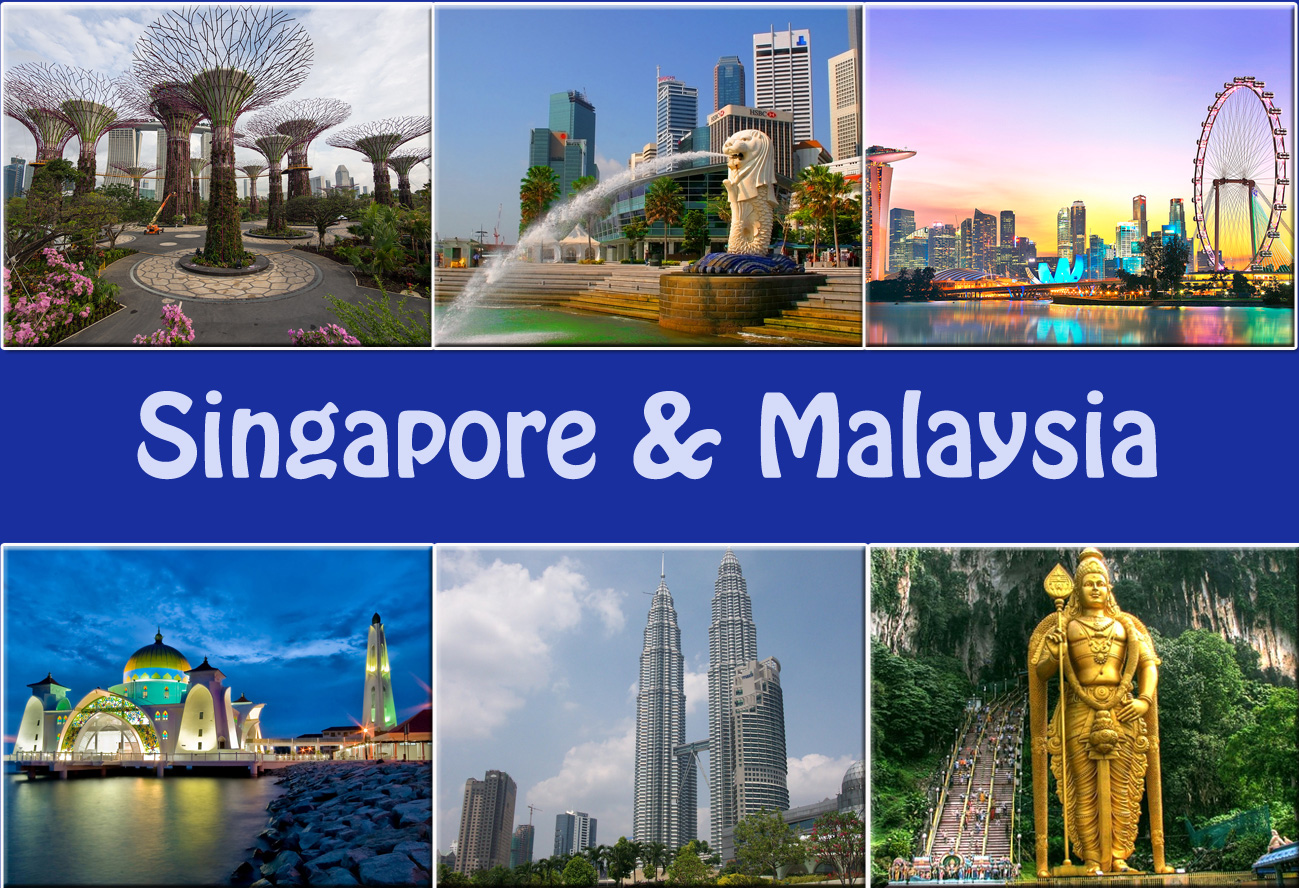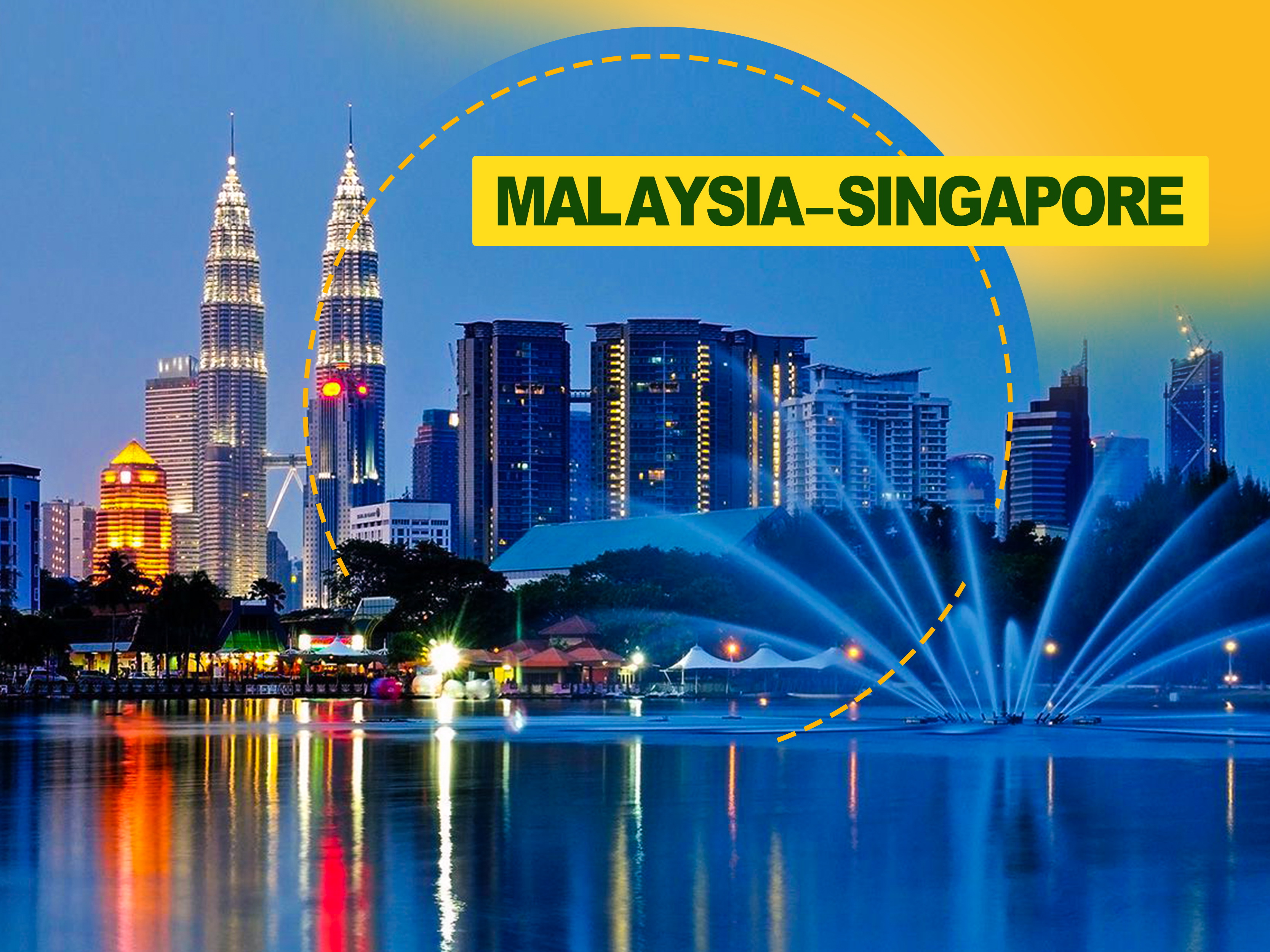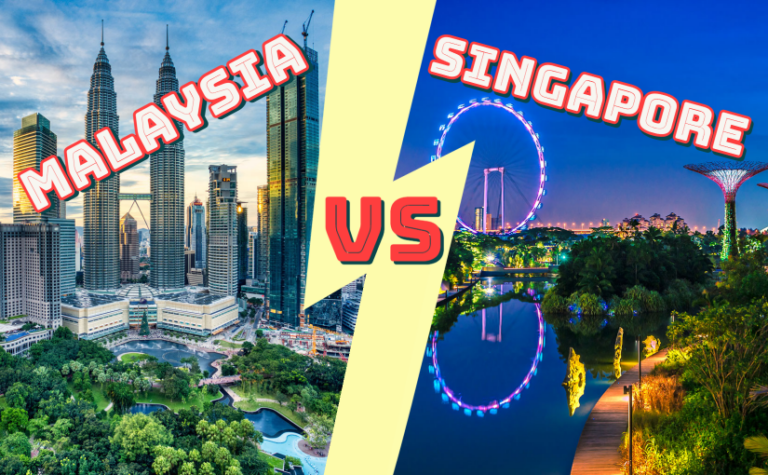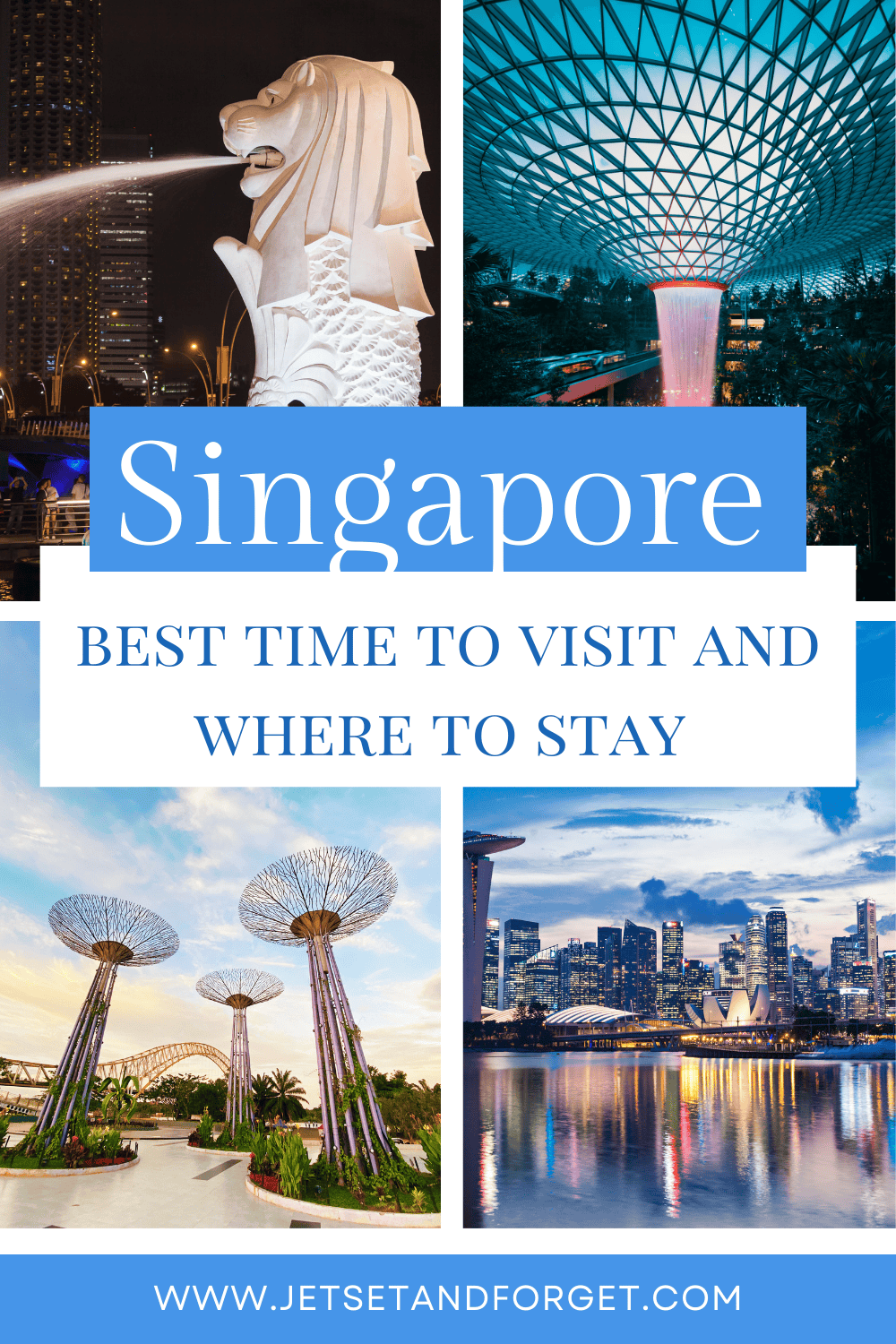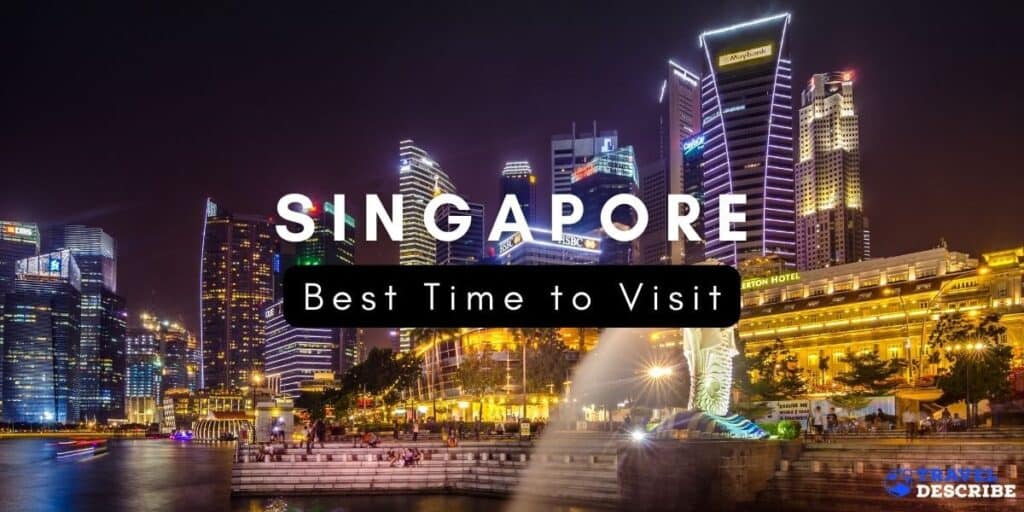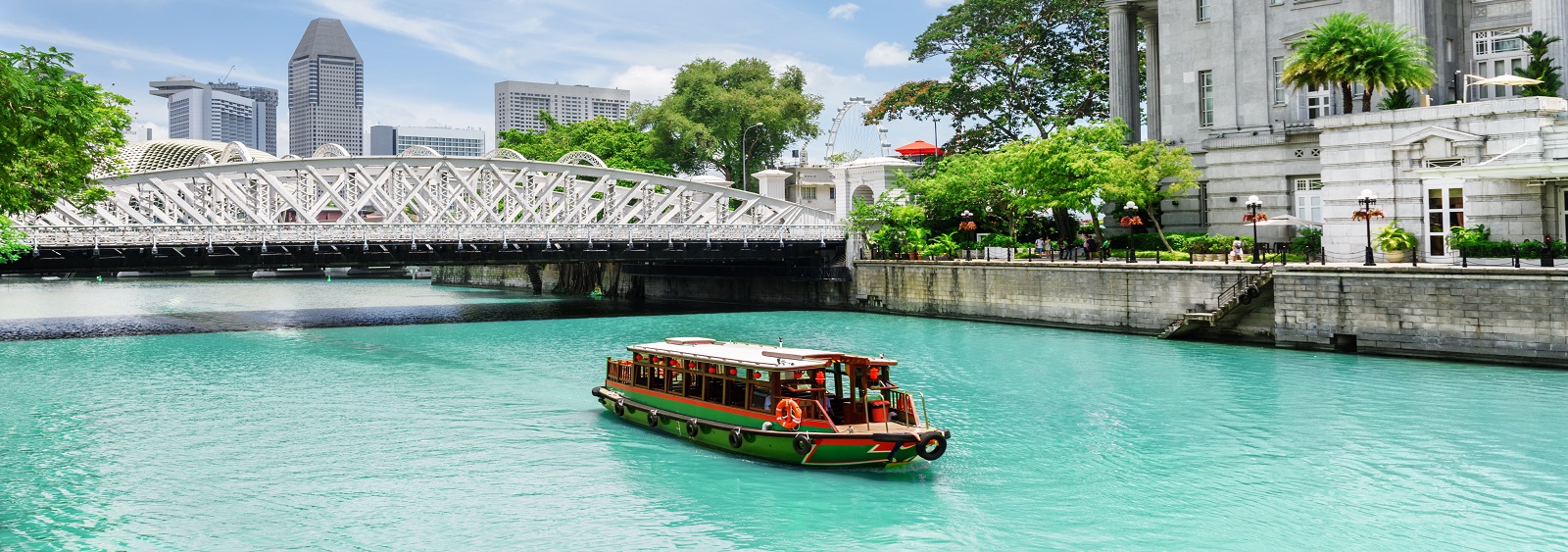Best Time To Visit Singapore And Malaysia

Planning a Southeast Asian getaway? The window for ideal weather in Singapore and Malaysia is closing fast! Act now to secure the best experiences before the monsoon season hits.
This article provides a concise guide to navigating the optimal travel periods for both countries, ensuring your vacation isn't dampened by unpredictable weather. Discover the best times to visit for sunshine, festivals, and fewer crowds, maximizing your enjoyment and minimizing potential disruptions.
Singapore: A Tale of Two Monsoons
Singapore experiences two distinct monsoon seasons. Understanding these is crucial for planning your trip.
Northeast Monsoon (December - Early March)
The Northeast Monsoon brings heavy rainfall and cooler temperatures. Expect frequent showers, especially in the afternoons.
Despite the rain, this period hosts festive celebrations, including Christmas and Chinese New Year, offering a unique cultural experience, albeit with potential disruptions to outdoor activities.
Southwest Monsoon (June - September)
The Southwest Monsoon is generally drier than the Northeast Monsoon. However, Sumatra squalls can bring sudden, heavy downpours and gusty winds.
Humidity is high during this time. So prepare for hot and sticky conditions, even with less frequent rain.
The Sweet Spot: February - April
The best time to visit Singapore is arguably from February to April. This period falls between the two monsoon seasons.
You can expect pleasant weather, with less rain and lower humidity. This makes exploring the city's outdoor attractions, like Gardens by the Bay, much more enjoyable.
Shoulder Months: July - August
July and August can also be good options. Rainfall is generally lower than during the monsoon seasons, but be prepared for occasional showers.
Malaysia: Regional Variations and Peak Seasons
Malaysia's weather patterns vary significantly depending on the region. Consider the specific area you plan to visit.
West Coast (Kuala Lumpur, Penang, Langkawi)
The West Coast generally experiences its driest and sunniest weather from November to February. This is peak tourist season.
Expect higher prices and larger crowds. Book accommodations and activities well in advance.
Avoid the monsoon season from September to November, which can bring heavy rainfall and potential flooding.
East Coast (Perhentian Islands, Tioman Island)
The East Coast has a very distinct monsoon season from November to February. Many resorts and businesses close during this time.
The best time to visit the East Coast is from March to September, when the weather is sunny and dry, perfect for diving and island hopping.
Borneo (Sabah & Sarawak)
Borneo's weather is more complex. Rainfall occurs throughout the year, but there are drier periods.
The best time to visit Sabah is from March to September, while Sarawak is driest from June to August.
Always be prepared for rain, regardless of the time of year, especially in rainforest areas.
Navigating Crowds and Prices
Peak seasons in both Singapore and Malaysia, such as during Chinese New Year, school holidays, and major festivals, are characterized by larger crowds and higher prices.
Consider traveling during the shoulder seasons. You can often find better deals on flights and accommodations and experience fewer crowds.
Key Takeaways and Next Steps
The prime window for visiting Singapore is February to April. For Malaysia's West Coast, aim for November to February. East Coast beckons between March and September.
Check weather forecasts closer to your travel dates for specific regional updates. Booking accommodations and flights now will secure the best deals before the optimal travel windows close.

